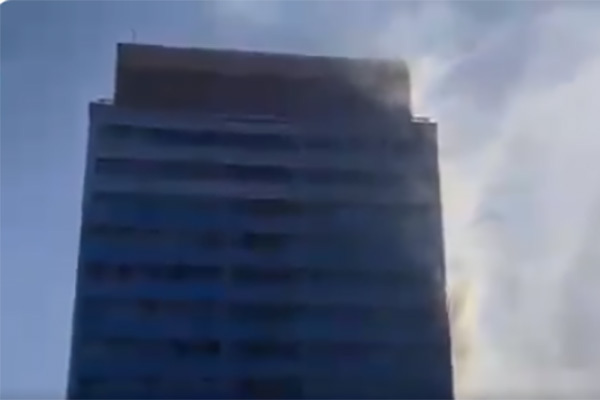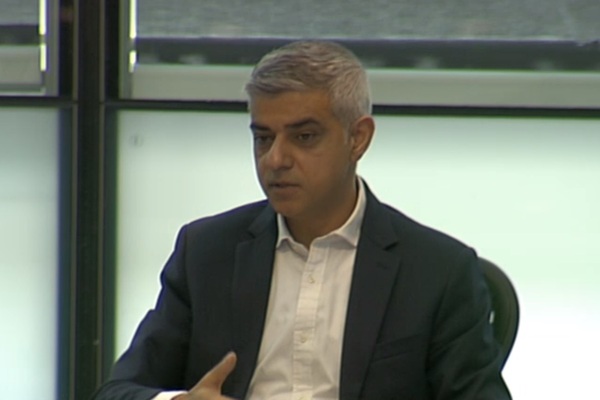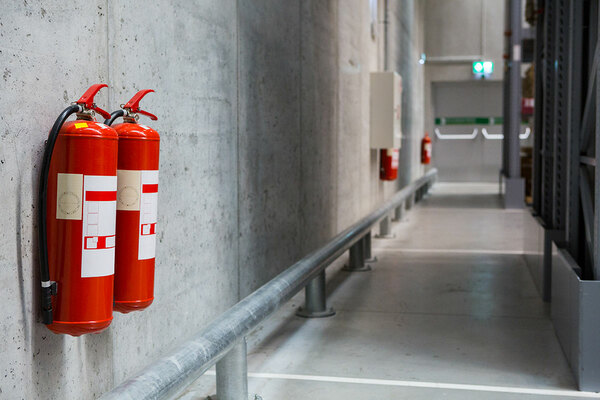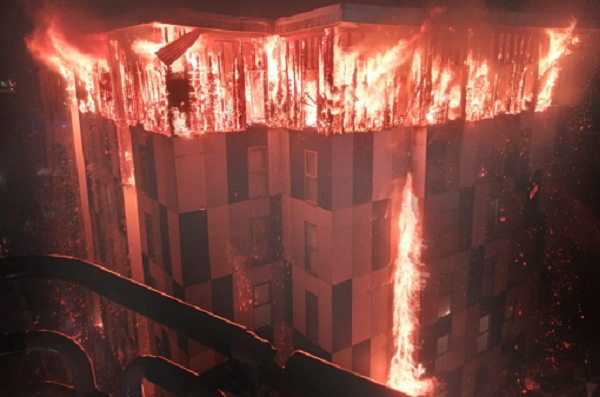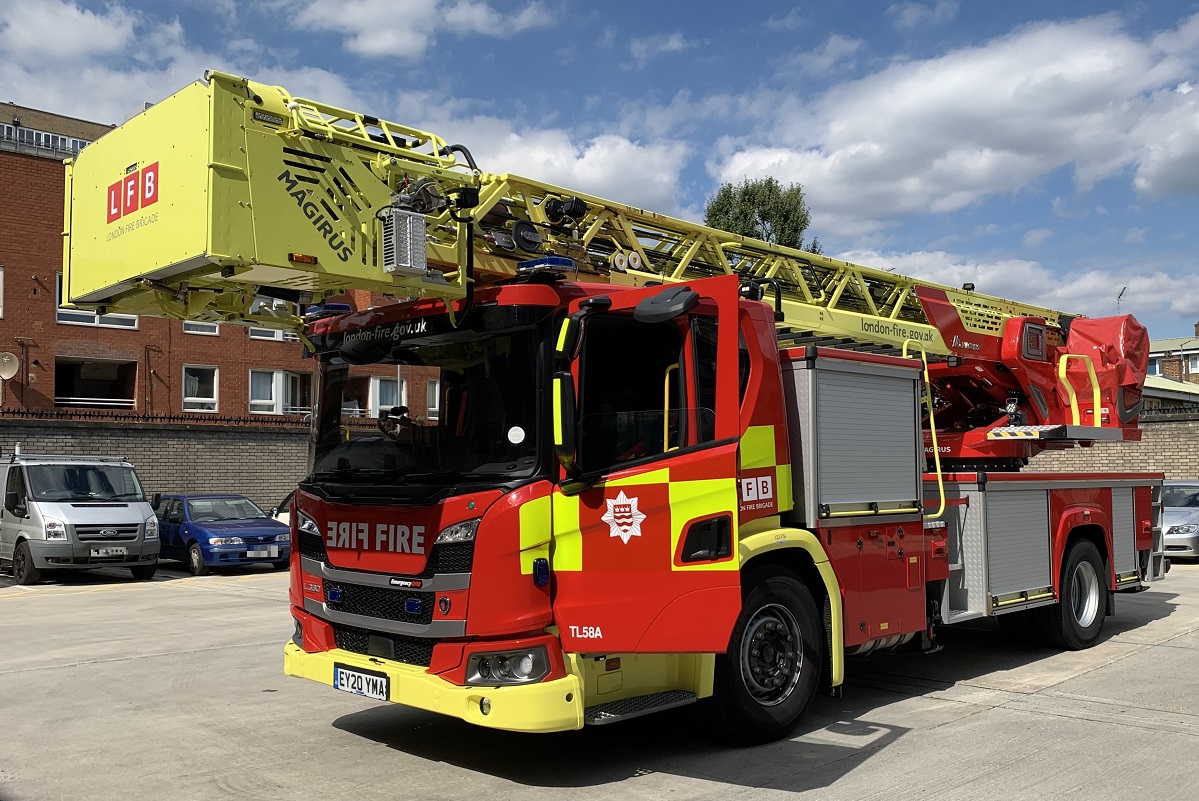You are viewing 1 of your 1 free articles
Social landlords must remediate buildings or they will ‘be held responsible for loss of life’, says fire chief
Social landlords yet to remediate buildings with dangerous cladding must ask themselves if “they want to be the next landlord… held responsible for loss of life”, London’s fire chief has said.
In an interview with Inside Housing, Andy Roe, commissioner of the London Fire Brigade (LFB), called on the sector to up the pace of remediation work, but also accepted failings by the brigade in the build up to the fire.
Of 249 tall buildings with dangerous aluminium composite material (ACM) cladding in London, only 104 have started remediation and only six have completed the work. An unknown number – potentially up to 1,000 – have dangerous cladding systems of other kinds.
READ OUR FULL INTERVIEW WITH ANDY ROE HERE
Mr Roe, who took over from Dany Cotton as the head of the LFB in January, said: “What I would do is pose a question to the people who own or manage those buildings. Grenfell is real. Seventy-two people died as a result of that incident in astonishing conditions [in] a modern city.
“Do you want to be the next landlord in an inquiry or do you want to be someone held responsible for that sort of loss of life? You need to ask yourself that question in a clear-sighted way and you need to be very confident you have done everything in your power as it stands to improve that situation.”
Speaking at the unveiling of 12 new 32m turntable ladders which will improve the brigade’s ability to fight high-rise fires, Mr Roe said the only route to safety was remediation of the dangerous buildings.
“Ultimately, the real difference for the residents inside those blocks is that the blocks get remediated, because no one piece of equipment or procedure will mitigate those circumstances,” Mr Roe said.
“The reality is these buildings are not designed for mass emergency evacuation, and therefore if my officers find themselves in that situation, even in the early stages of [an] incident, it is a very difficult situation. All I can do is give them the best tools we have available to meet that threat.”
He declined to criticise government for the slow pace of cladding remediation and said: “I would say all stakeholders have to acknowledge that the pace of it has been too slow... I don’t think it’s necessarily helpful to point at either government or developers or ourselves, I think we all have a shared responsibility.”
Mr Roe, who took command of the fire at Grenfell Tower shortly after 2.30am and immediately lifted the stay put policy, triggering an attempt to evacuate the stricken block, accepted the brigade had not been enough of a “listening organisation” before Grenfell.
The LFB was heavily criticised by Sir Martin Moore-Bick, the retired judge who is chair of the Grenfell Tower Inquiry, in his report on the events of the night of the fire which killed 72 people in June 2017.
He highlighted “systematic failures” in the fire brigade’s response and described its planning and preparation ahead of the fire as “gravely inadequate”.
Asked specifically about whether it had done enough to implement recommendations for change following the coroner’s inquest into the Lakanal House fire, which killed six people in 2009, Mr Roe said: “I think what the [Grenfell] Inquiry report shows… is that we weren’t enough of a learning organisation. That’s a very corporate phrase, but it is impossible to pretend that we learned those lessons.
“What I can say is, moving forward I’m absolutely determined to ensure that we do… become an organisation that is transparent and relentless in its desire to pick up any intelligence that is out there and make changes on the basis of that.
“[But] I did get Sir Martin Moore-Bick’s point which is we could have learned better and in not doing so, we let parts of that community down, parts of London’s communities down. And I need to work very hard to regain that trust.”
Sign up for our weekly Grenfell Inquiry newsletter
Each week we send out a newsletter rounding up the key news from the Grenfell Inquiry, along with the headlines from the week
Already have an account? Click here to manage your newsletters

